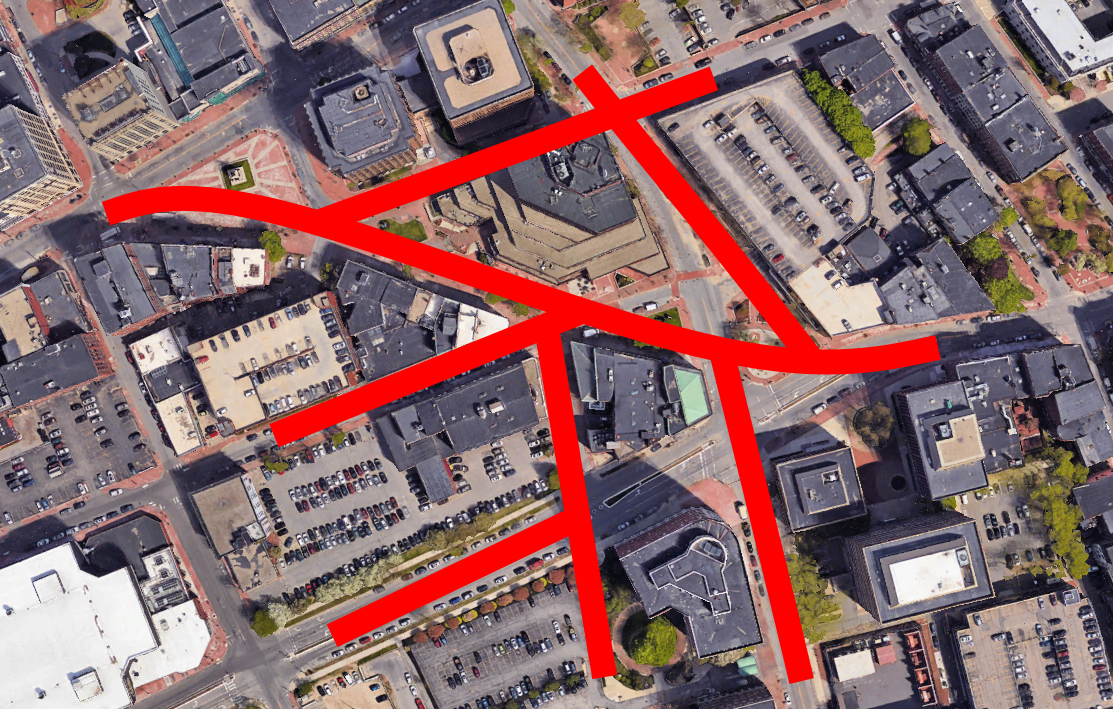Cosakita18
Senior Member
- Joined
- Jun 14, 2016
- Messages
- 1,126
- Reaction score
- 2,231
The developer for the project is a big real estate investment trust based in West Palm Beach – Chatham Lodging Trust – and their architect is from Kansas.
It certainly looks like they have little knowledge of the neighborhood they're building in and are just mailing it in (maybe quite literally). Too bad for their investors.
The Middle Street frontage is the most valuable part of their site in terms of foot traffic and leasable retail/restaurant space. Putting a lawn there makes no sense.
I would love to see any kind of frontage along Middle St, even if it was just 1-2 stories of retail as a standalone or semi-detached structure. Heck I could even see residential units as part of this project. (Much like the original plan for the site back in 2012)
I know some people who would kill to live across the street from DuckFat



